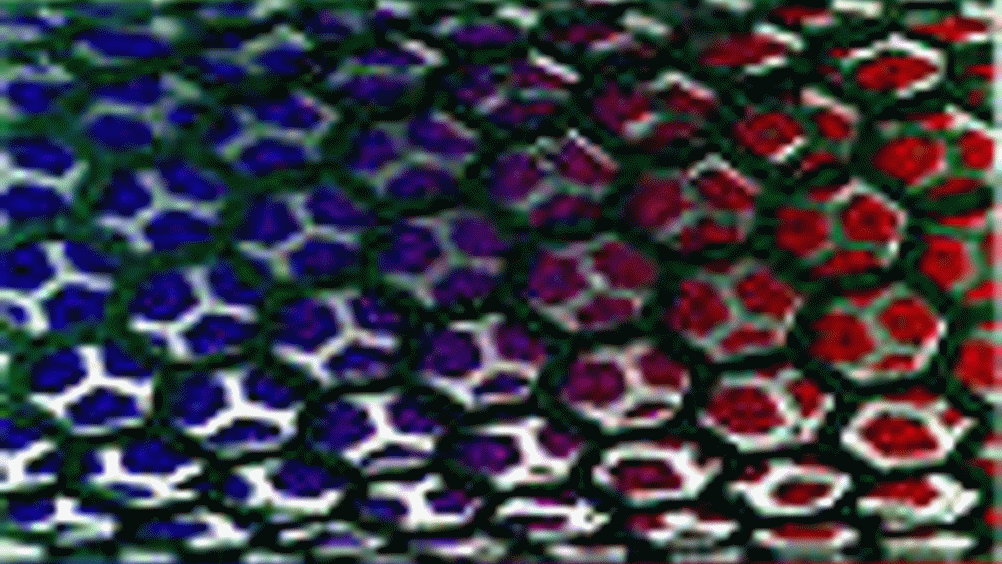Magnetic shepherd
Researchers in the US have developed a new method of micromanipulating so-called ‘colloidal’ objects within organisms.

Engineers have introduced a new magnetic shepherding approach for moving or positioning tiny floating objects found within organisms. The technique will advance potential applications in fields ranging from medicine to nanotechnology.
The authors of a new research article said their method avoids pitfalls of using tiny light beams, electric currents or even a competing magnetic approach to micromanipulate so-called "colloidal" objects.
"Biology is composed primarily of colloidal materials, things larger than a few billionths of a metre that are suspended in solution and don't settle rapidly," said Benjamin Yellen, who developed this "magnetic nanoparticle assembler" technique while obtaining his doctorate at
"They could be cells or large molecules; they are also being investigated for a variety of new devices, such as miniature lasers or semiconducting components," added Yellen, who in September will become an assistant professor of mechanical engineering and materials science at Duke University's Pratt School of Engineering.
Register now to continue reading
Thanks for visiting The Engineer. You’ve now reached your monthly limit of premium content. Register for free to unlock unlimited access to all of our premium content, as well as the latest technology news, industry opinion and special reports.
Benefits of registering
-
In-depth insights and coverage of key emerging trends
-
Unrestricted access to special reports throughout the year
-
Daily technology news delivered straight to your inbox










Breaking the 15MW Barrier with Next-Gen Wind Turbines
Hi Martin, I don´t have any detailed parameters for the 15MW design other than my reading of the comment in the report ´aerodynamic loads at blade-tip...